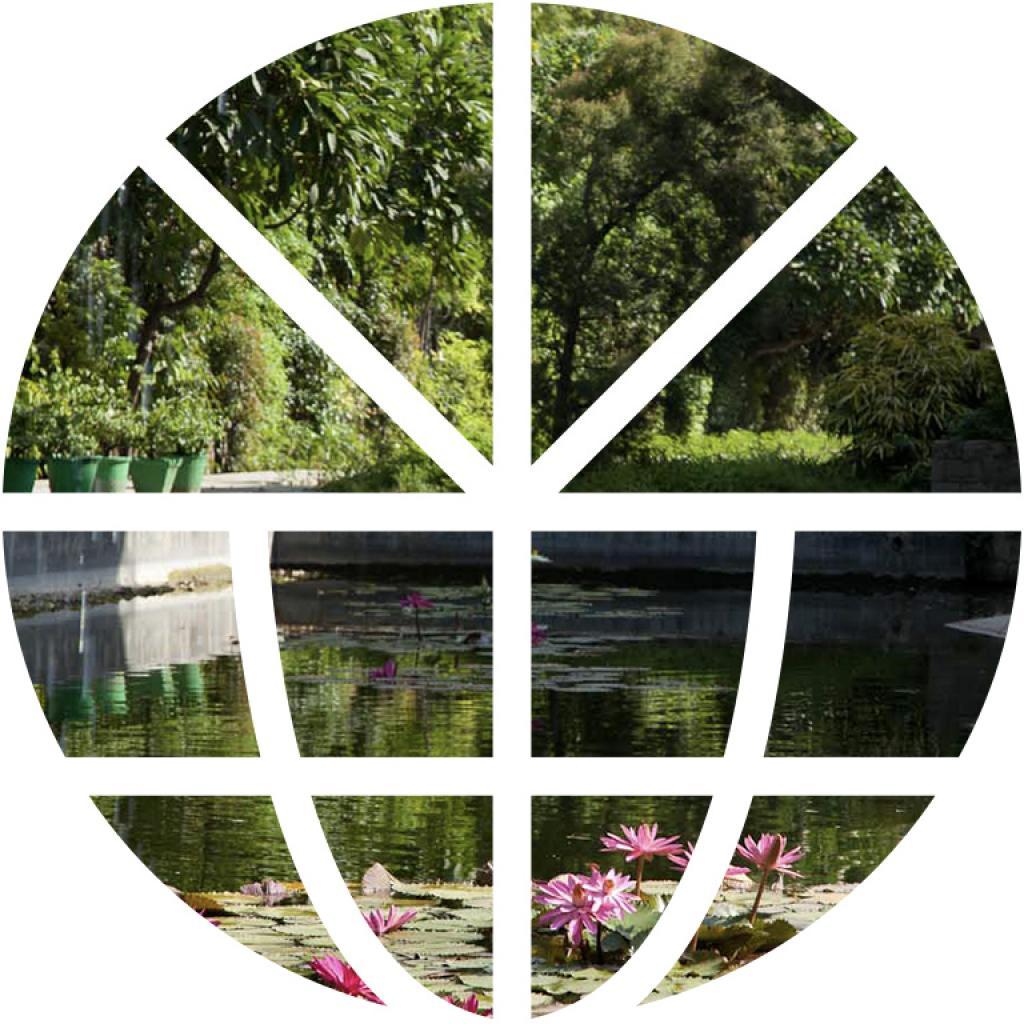REMEMBERING KESHAV MALIK
19 July 2014, 05:30 am
REMEMBERING KESHAV MALIK
Programme Type
Cultural
Tribute by Dr. Kavita A. Sharma, Director, IIC
Tribute by Shri Jatin Das, artist
Selected articles from Temenos by Keshav Malik - Readings by Dr.Geeti Sen, art historian
Poems by Keshav Malik - Readings by Ms. Jasleen Singh, artist
Tribute by Shri Rajeev Lochan, Director, NGMA
Tribute and readings by Dr. H.K. Kaul, President, TPS
Film: Keshav Malik - The Truth of Art (30 min; 2013; dvd; English)
Directed by Sangeeta Gupta
Tribute by Shri Jatin Das, artist
Selected articles from Temenos by Keshav Malik - Readings by Dr.Geeti Sen, art historian
Poems by Keshav Malik - Readings by Ms. Jasleen Singh, artist
Tribute by Shri Rajeev Lochan, Director, NGMA
Tribute and readings by Dr. H.K. Kaul, President, TPS
Film: Keshav Malik - The Truth of Art (30 min; 2013; dvd; English)
Directed by Sangeeta Gupta





